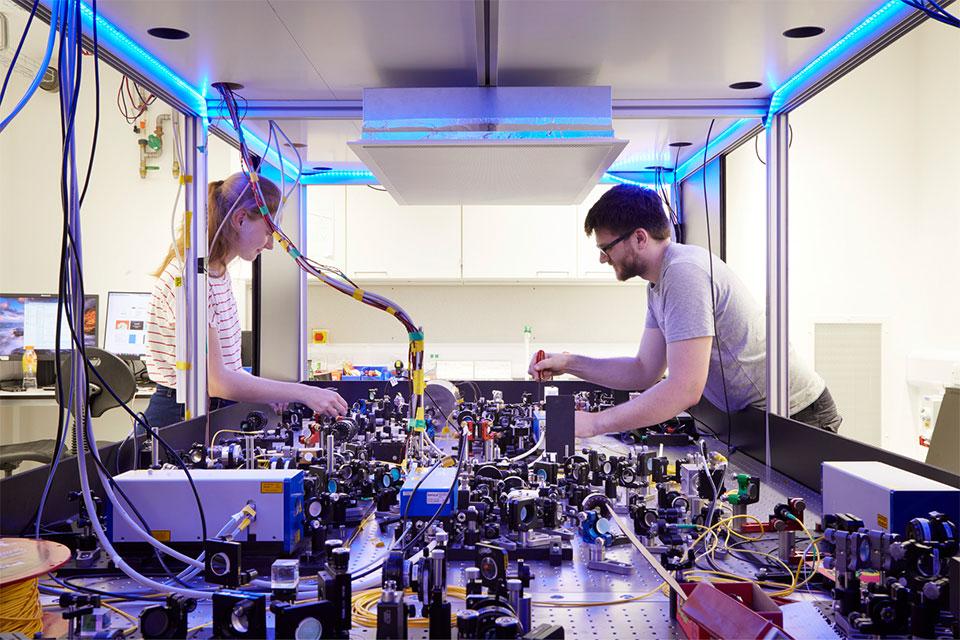Beecroft Building
Abstract
High-energy-density experiments can provide insight into astrophysical processes, which are often observed from great distances under uncontrolled and unknown conditions. In order for an experiment to be well-scaled to an astrophysical process, several specific conditions must be considered, including key governing equations, specific spatial scaling, and similar global dynamics. In many cases, these conditions can be met using high-energy-density experimental facilities, such as, high-energy laser or pulsed power devices. I will discuss general scaling rules and several astrophysically-relevant high-energy-density physics experiments, specifically an experiment conducted at the National Ignition Facility relevant to core-collapse supernova SN1993J, a red supergiant, where a radiative shock is near a hydrodynamically unstable interface. We found that significant energy fluxes from radiation and thermal heat conduction affect the hydrodynamics structure at the interface. In the experiments, a blast wave structure similar to those in supernovae is created in a plastic layer. The blast wave crosses a three-dimensional interface that produces unstable growth dominated by the Rayleigh-Taylor instability. We have detected the evolution of the interface structure under these conditions and will show the resulting experimental and simulation data.
Bio
Professor Kuranz is an experimental plasma physicist with research interests in high-energy-density plasmas, hydrodynamic instabilities, radiation hydrodynamics, and magnetized plasmas. She performs her research on high-power laser facilities around the world, including the National Ignition Facility and the Omega Laser Facility. Professor Kuranz received her Ph.D. in Applied Physics from the University of Michigan in 2009 and her Bachelors in Physics from Bryn Mawr College in 2002. Recently she was named a Fellow of the American Physical Society and has been awarded the Ted Kennedy Family Faculty Team Excellence Award and the American Astronomical Society Laboratory Astrophysics Division Early Career Award. Professor Kuranz also serves as Director for the Center for Laboratory Astrophysics, a National Nuclear Security Administration Center of Excellence

